Through Waters Deep – Destroyer Tour: Gunnery
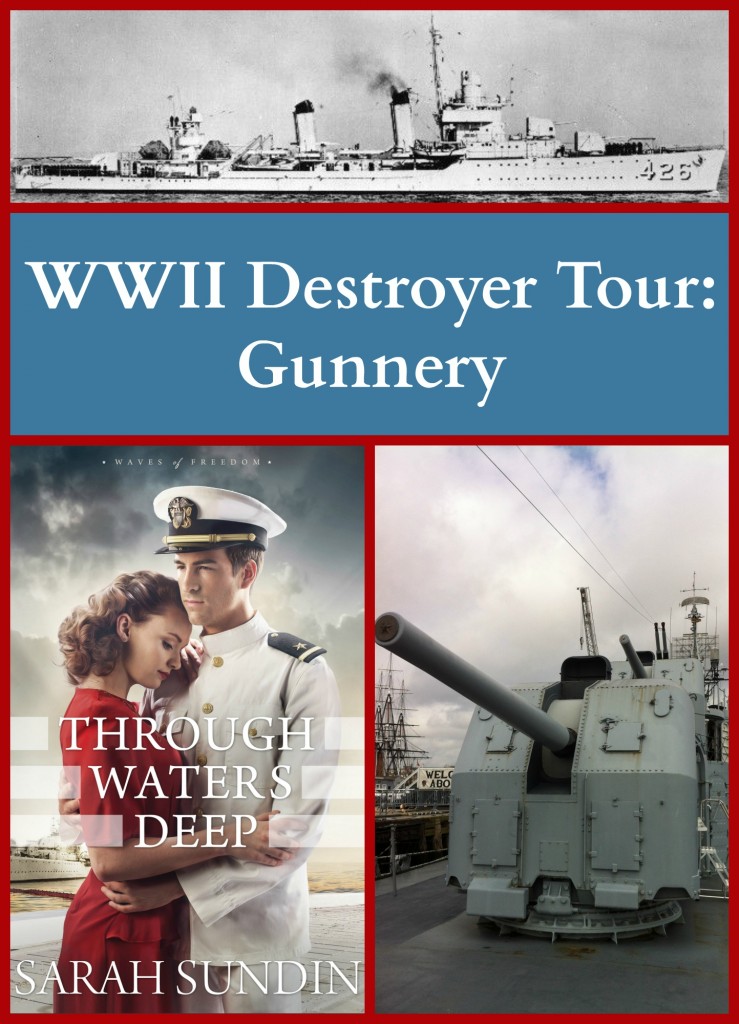 For over one hundred years, destroyers have served as versatile naval workhorses. In World War II, US destroyers escorted convoys, hunted submarines, fought surface battles, bombarded shore positions, rescued downed airmen and stranded sailors, and served as radar pickets to detect and fight incoming kamikaze flights.
For over one hundred years, destroyers have served as versatile naval workhorses. In World War II, US destroyers escorted convoys, hunted submarines, fought surface battles, bombarded shore positions, rescued downed airmen and stranded sailors, and served as radar pickets to detect and fight incoming kamikaze flights.
In my new novel Through Waters Deep, Ens. Jim Avery serves on a fictional Gleaves-class destroyer, the USS Atwood. While researching the Waves of Freedom series, I visited two World War II destroyers, the Fletcher-class USS Cassin Young at the Charlestown Navy Yard in Boston and the Gearing-class USS Joseph P. Kennedy, Jr. at Battleship Cove in Fall River, MA. This week I’ll share photos from my tours:
Part 1—Topside: the various destroyer classes, and a bow-to-stern tour of the main deck.
Part 2—Below Decks: living quarters and working stations
Part 3—Gunnery
Armament
Destroyers in World War II carried weaponry to fight submarines, surface ships, and aircraft. The exact armament carried by a destroyer varied widely depending on the class of destroyer, the year, and the theater of operation. Each destroyer had several 5-inch guns (the bore is five inches wide), the largest carried on destroyers.
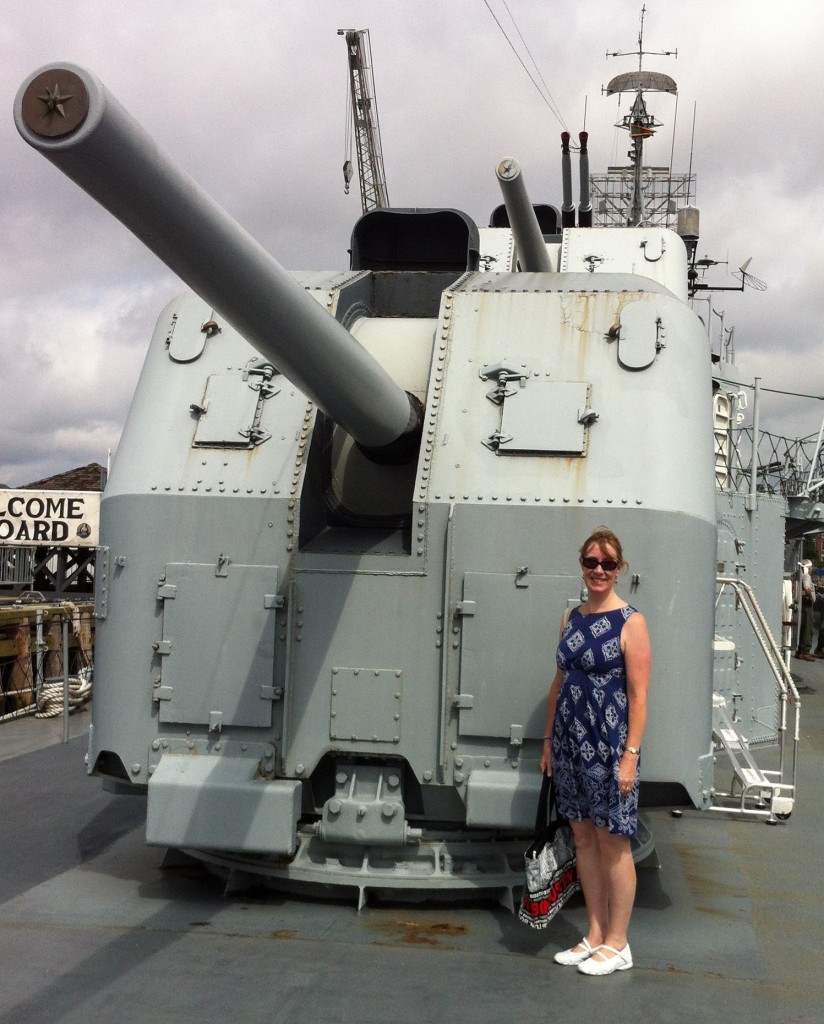
Forward 5-inch gun on the USS Cassin Young, Charlestown Navy Yard, Boston – and Sarah Sundin. July 2014
They also carried 20-mm antiaircraft guns and the standard .50 caliber machine gun.
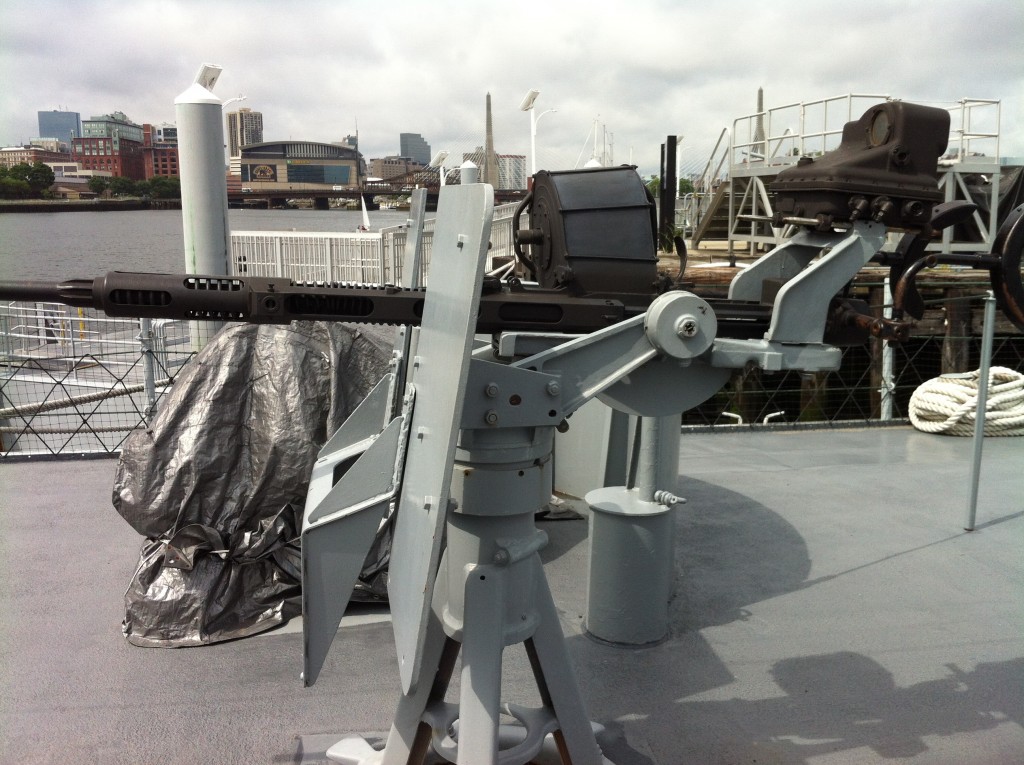
20-mm gun on USS Cassin Young, Charlestown Navy Yard, Boston, July 2014 (Photo: Sarah Sundin)
In mid-1942, the US Navy began installing the highly effective Bofors 40-mm antiaircraft gun.
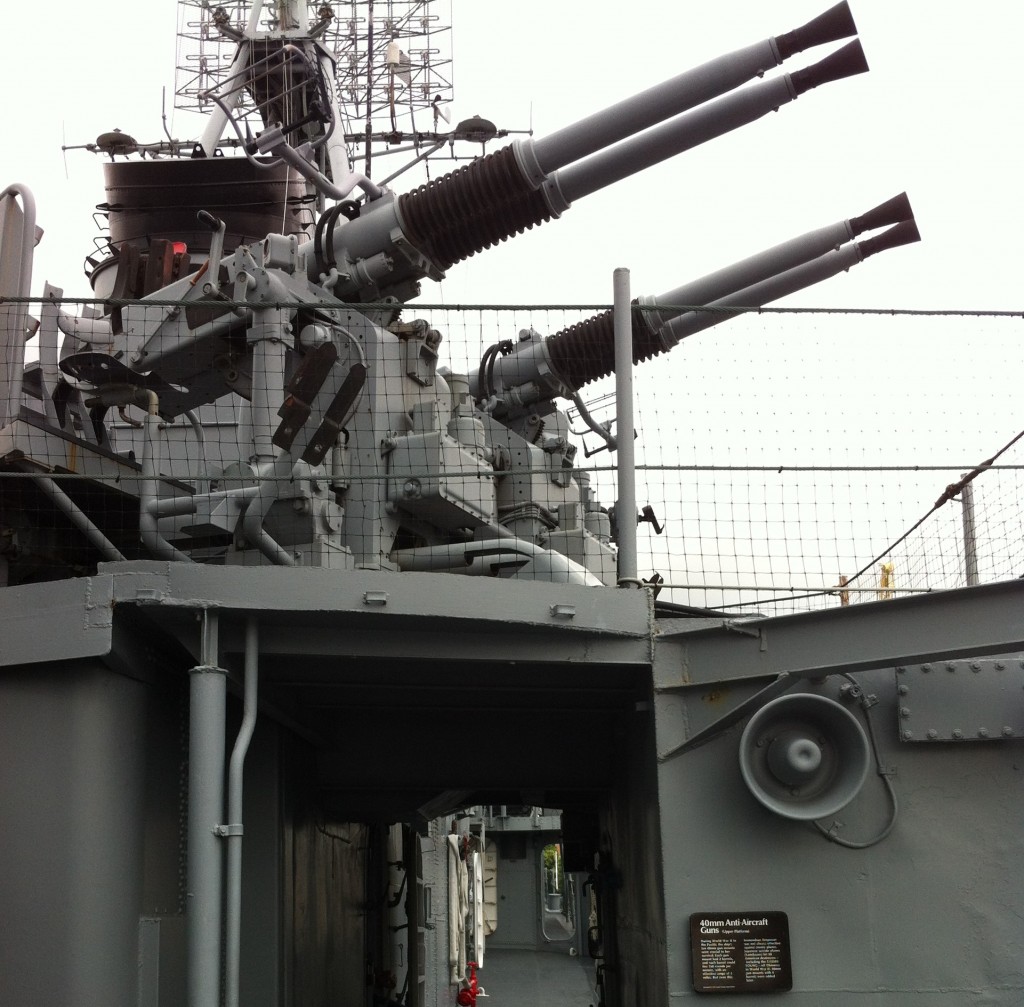
Quad-mount 40-mm guns on USS Cassin Young, Charlestown Navy Yard, Boston, July 2014 (Photo: Sarah Sundin)
Torpedoes were fired from tubes on the deck. Depth charges were rolled from racks on the stern or fired from “K-guns” or “Y-guns” to combat submarines.
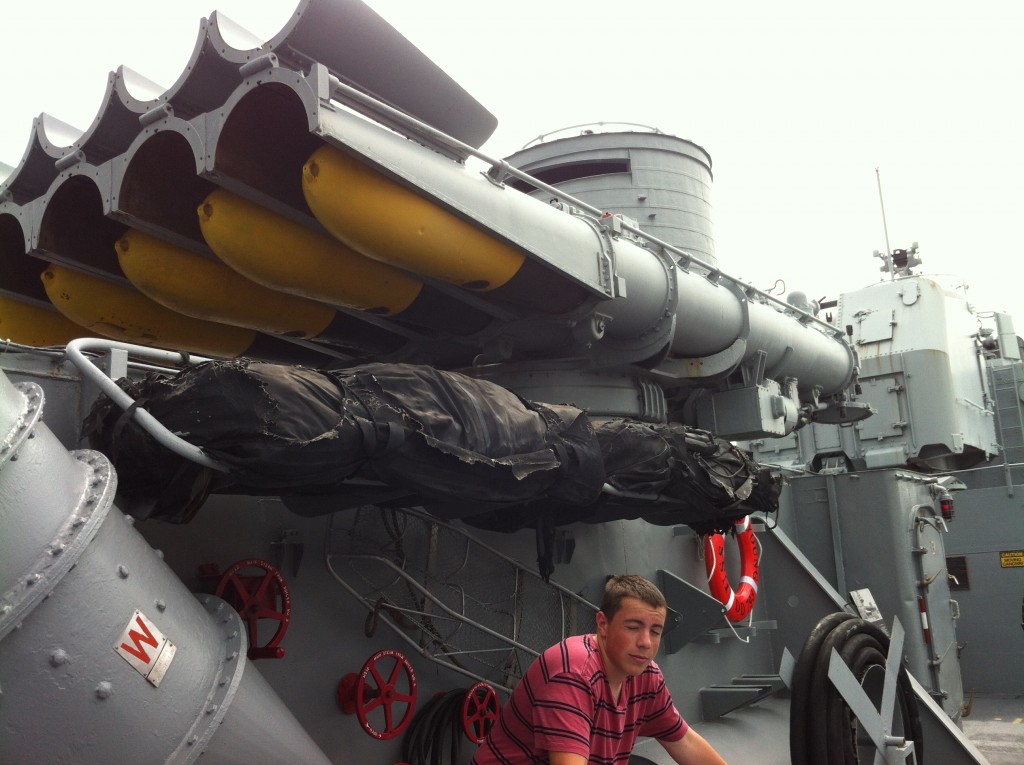
Torpedo tubes (and my son!) on USS Cassin Young, Charlestown Navy Yard, Boston, July 2014 (Photo: Sarah Sundin)
5-Inch Gun
On board the battleship USS Massachusetts in Battleship Cove, Fall River, MA, I was able to climb inside a 5-inch dual mount gun. While destroyers carried single mount guns, I was still thrilled to see inside the cramped space.
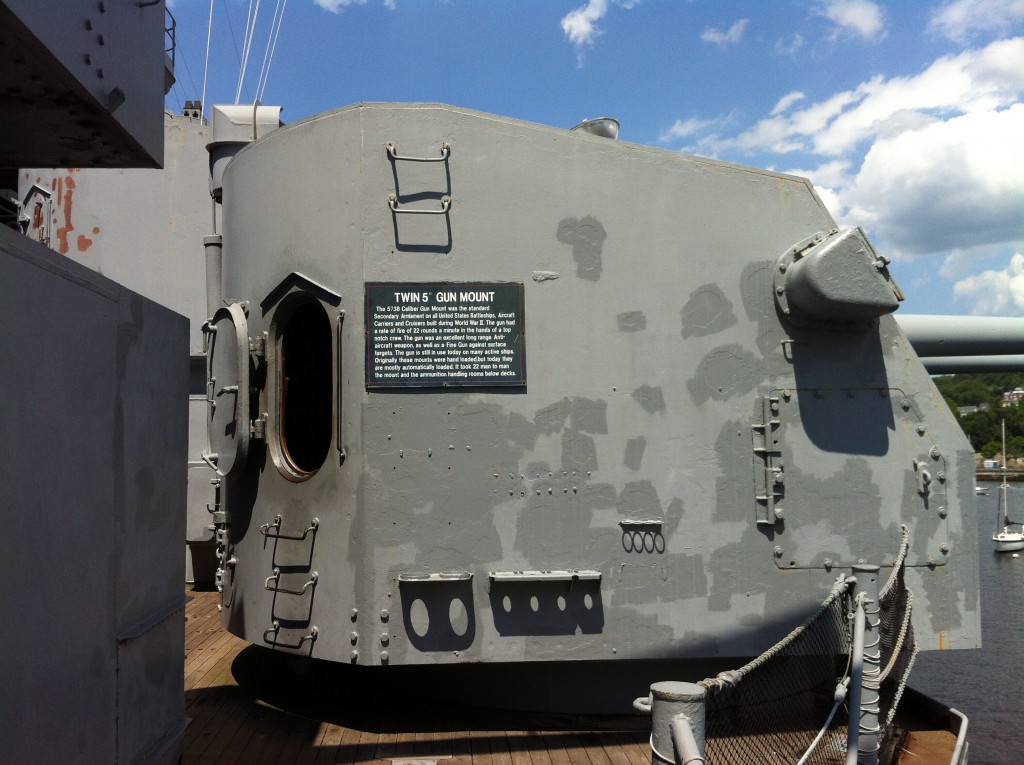
5-inch dual mount gun (with open door!), USS Massachusetts, Battleship Cove, Fall River, MA, July 2014 (Photo: Sarah Sundin)
The loading tray of a gun is pictured below. The crew would load a 5-inch projectile (the explosive shell) and a powder case, close the spade, ram the ammunition into the barrel, point and train the gun, and fire it. And repeat.
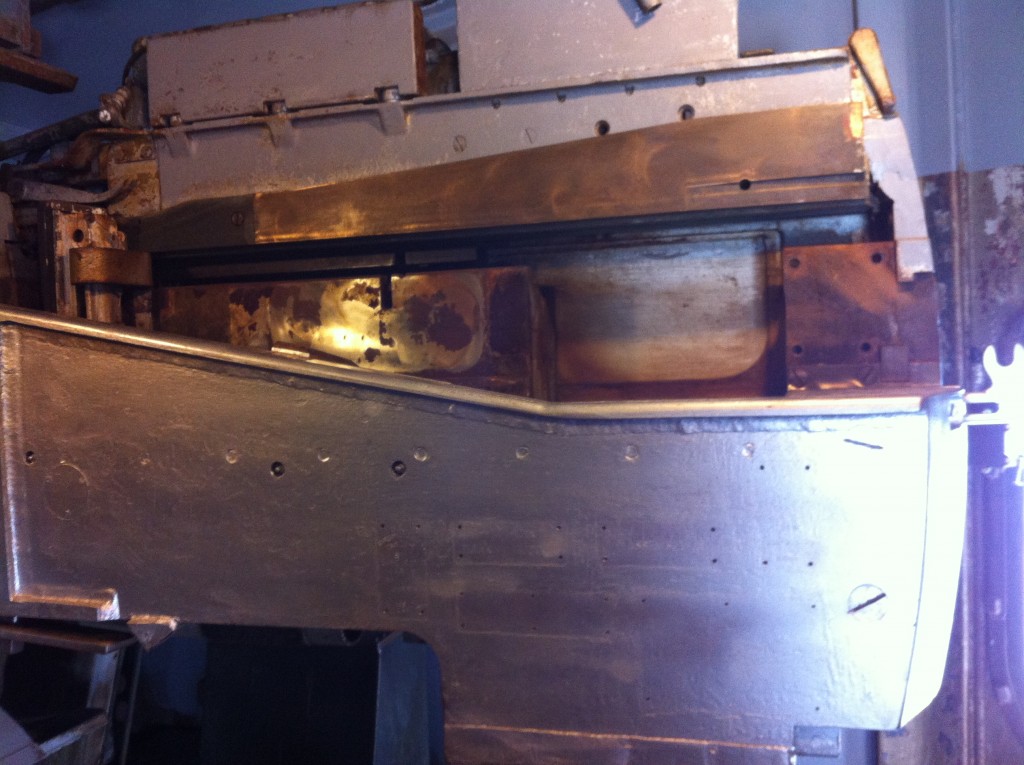
Loading tray of a 5-inch gun, USS Massachusetts, Battleship Cove, Fall River, MA, July 2014 (Photo: Sarah Sundin)
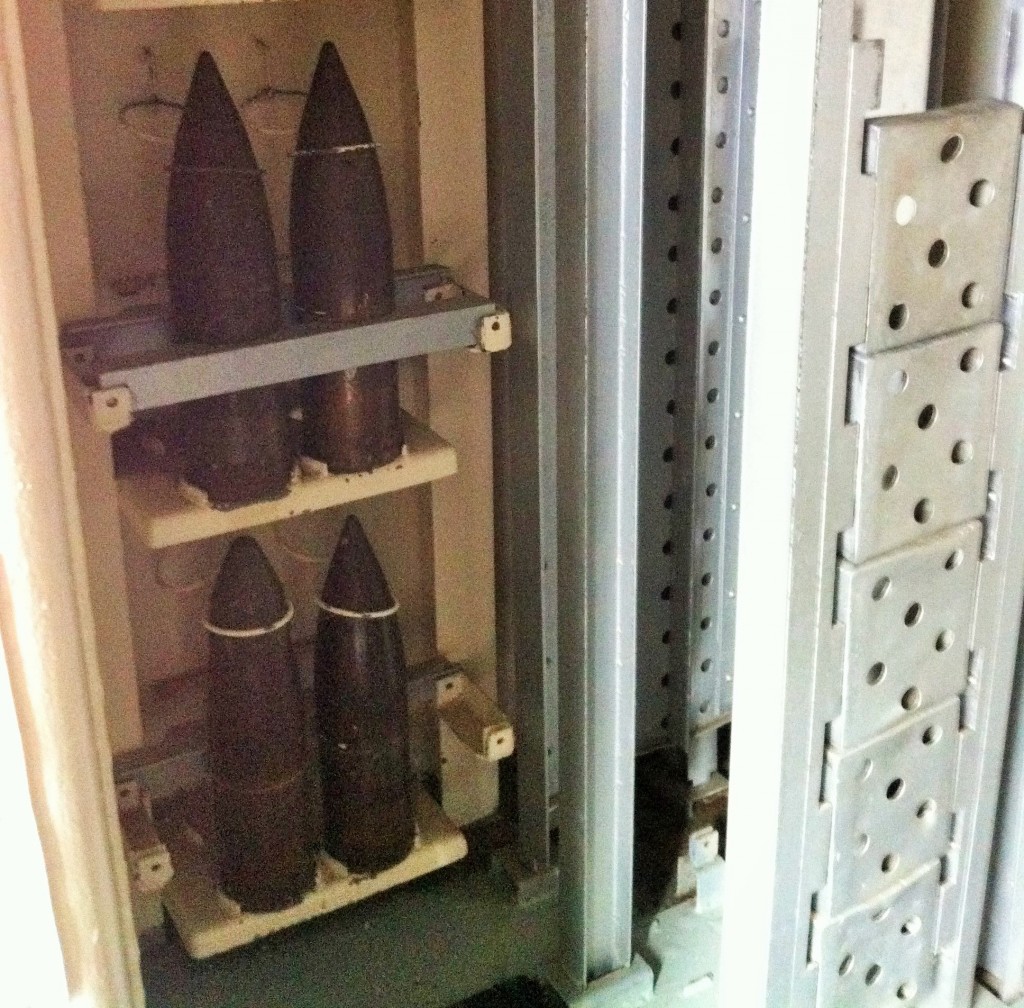
5-inch projectiles in handling room, USS Cassin Young, Charlestown Navy Yard, Boston, July 2014 (Photo: Sarah Sundin)
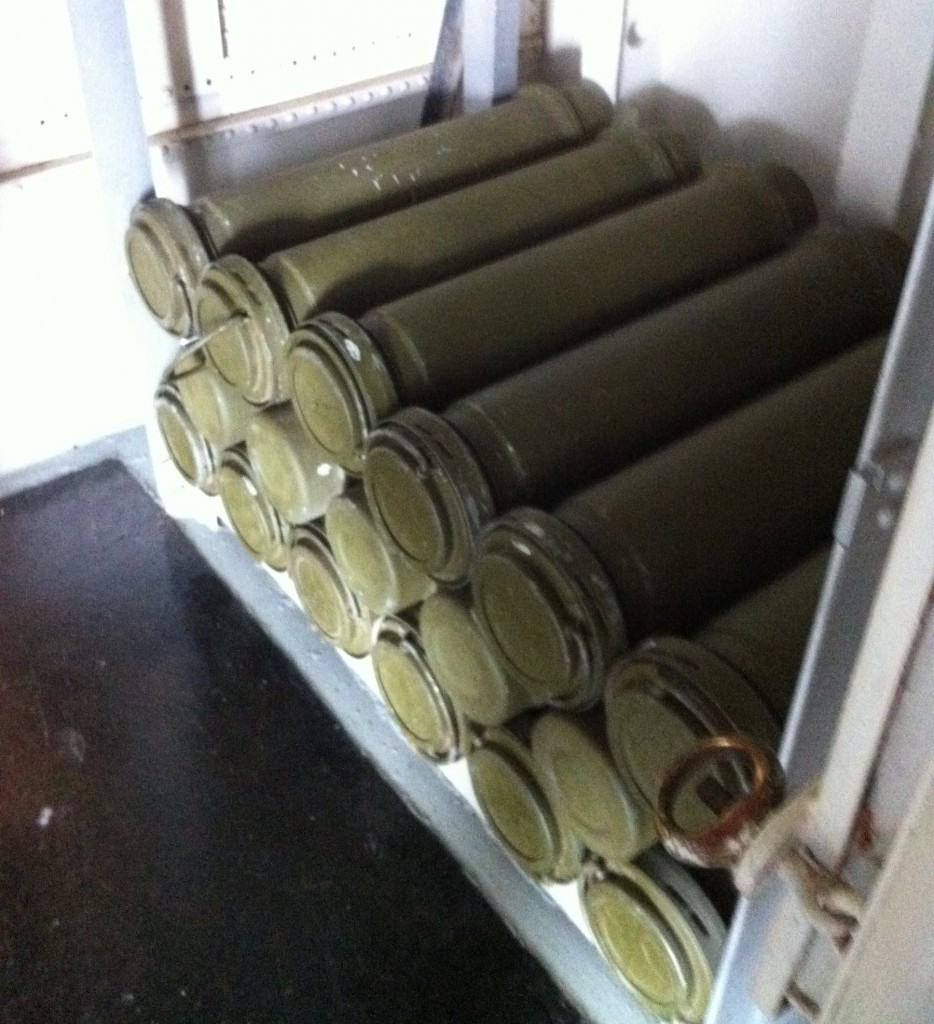
Powder cases for 5-inch gun in handling room, USS Cassin Young, Charlestown Navy Yard, Boston, July 2014 (Photo: Sarah Sundin)
Practice Loading Machine
To reduce wear and tear on the guns, crews ran drills on a practice loading machine on the main deck. Dummy projectiles and powder cases filled with sand were loaded, rammed, and “fired.” The practice ammunition would fall into a collecting tray to be reused.
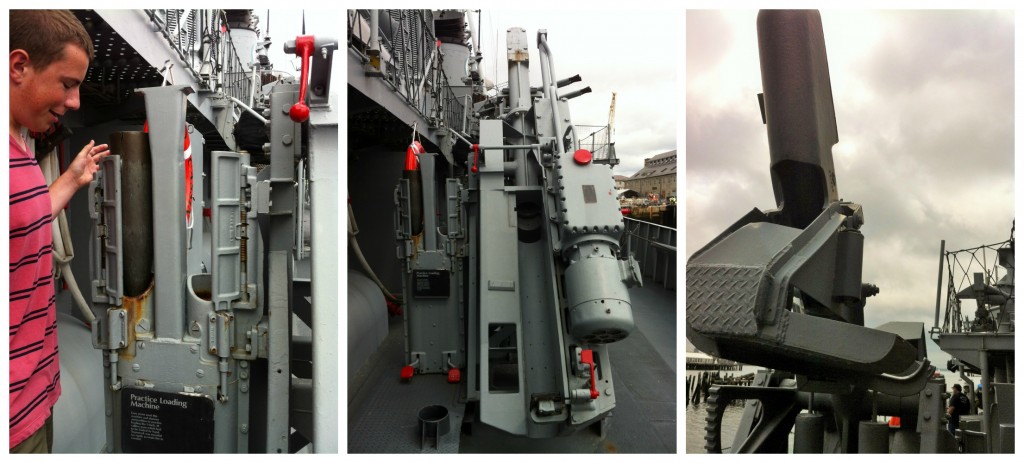
Practice loading machine, USS Cassin Young. My son Matthew inspects the practice projectiles stored to left. These were loaded into practice gun in the center and popped out the chute shown on the left once “fired.” Charlestown Navy Yard, July 2014 (Photo: Sarah Sundin)
Handling Room
Directly beneath each gun mount lay a handling room, with a magazine even deeper in the hull of the ship. Projectiles and cases were passed up from the handling room to the gun mount. The projectile hoist automatically set the fuzes of the projectiles as they were transported up to the gun mount. You can also see the panel boxes on the central column by the hoist, which play a role in Through Waters Deep.
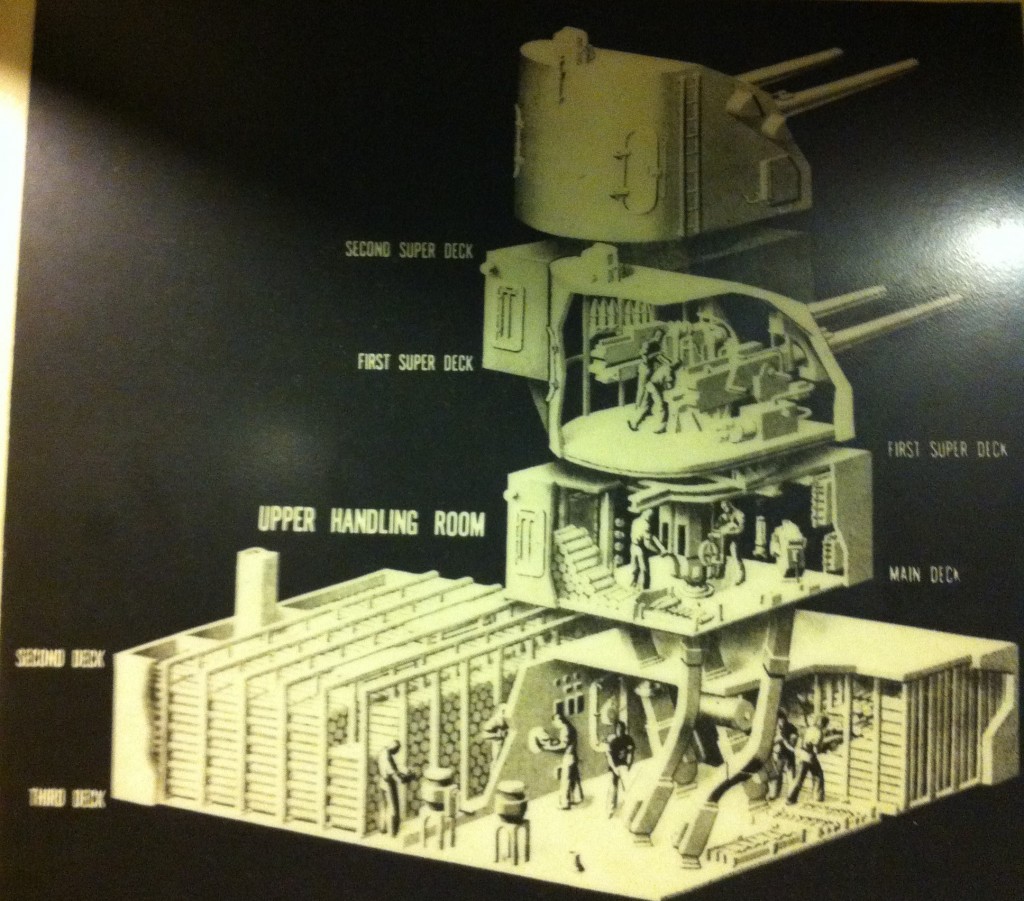
Diagram of 5-inch gun, handling room, and magazine on battleship USS Massachusetts, Battleship Cove, Fall River, MA, July 2014
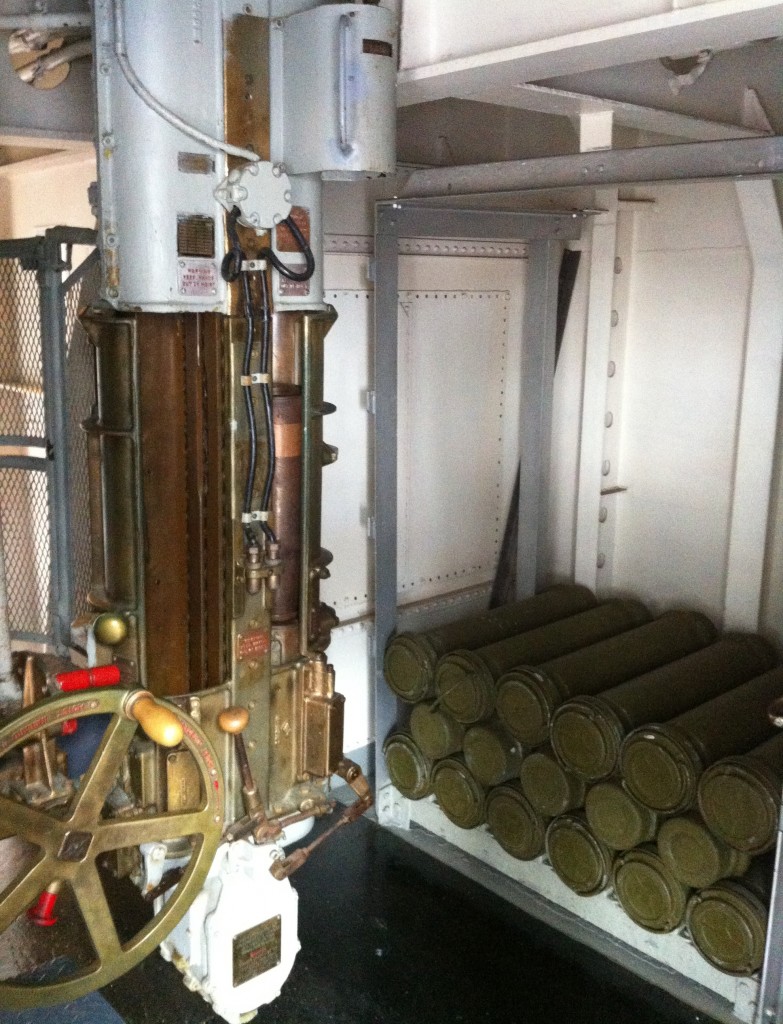
Projectile hoist in handling room, USS Cassin Young, Charlestown Navy Yard, July 2014 (Photo: Sarah Sundin)
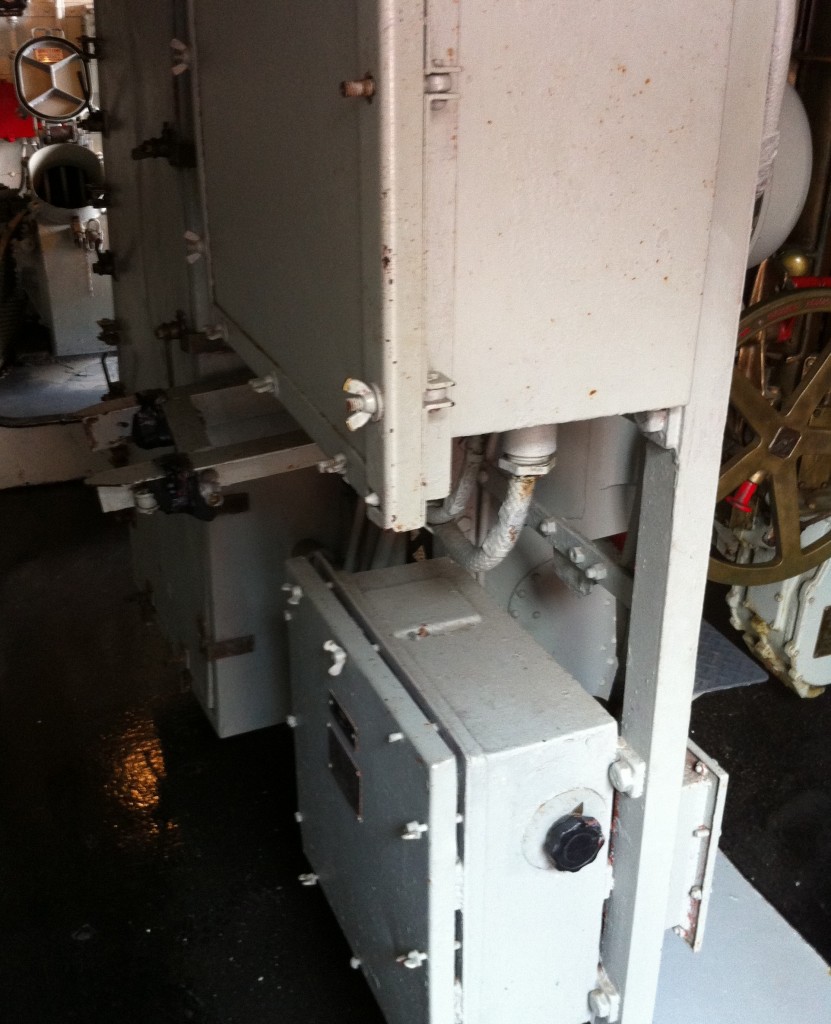
Panel boxes in handling room, USS Cassin Young, Charlestown Navy Yard, July 2014 (Photo: Sarah Sundin)
Gun Director
High on top of the bridge superstructure sits the Mark 37 gun fire director. A gun trainer and a gun pointer would determine bearing and elevation of the target, while the rangefinder operator determined the range. [The rangefinder pictured below is in the turret for a 16-inch gun on the battleship USS Massachusetts, considerably larger than in the Mark 37] Electrical signals from the trainer, pointer, and rangefinder were transmitted down to the plotting room, where the Mark 1 computer would calculate a solution and automatically elevate and rotate the 5-inch guns to bear on the target.
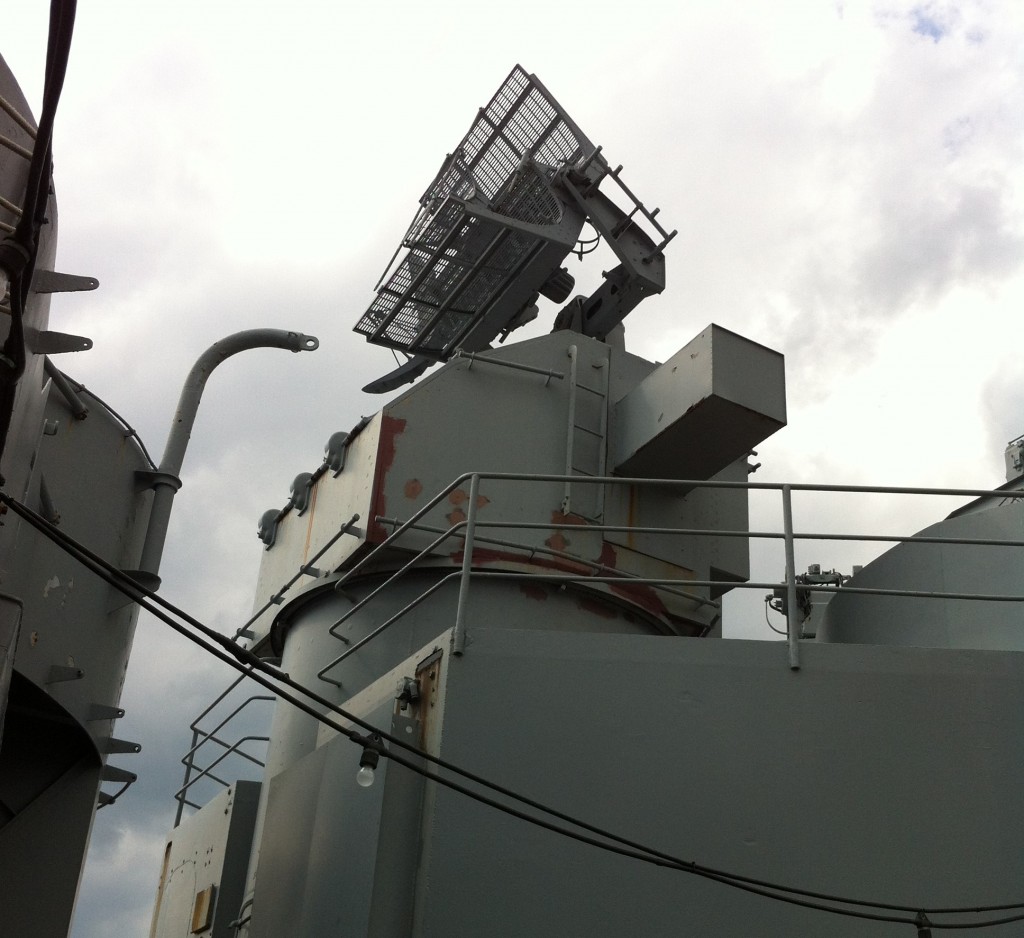
Mark 37 fire director, battleship USS Massachusetts, Battleship Cove, Fall River, MA, July 2014
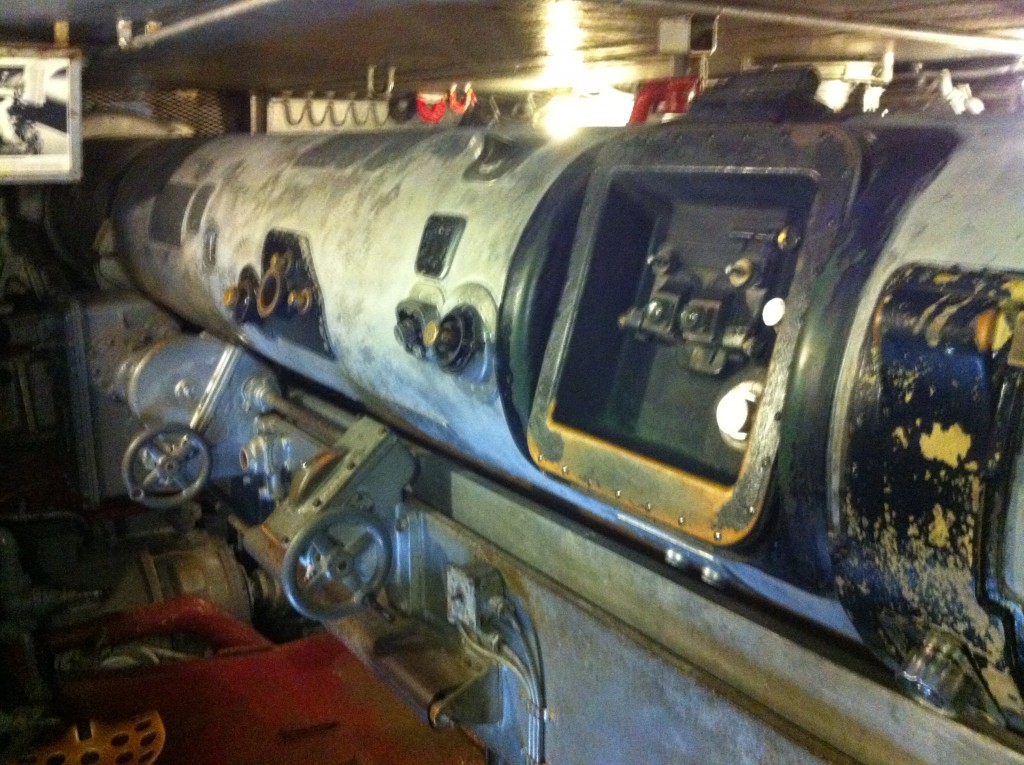
Rangefinder in 16-inch gun turret, battleship USS Massachusetts, Battleship Cove, Fall River, MA, July 2014
Plotting Room
Below decks beneath the gun director lay the interior communications and plotting room with its Mark 1 computer. Not an electronic machine like today’s computers, the Mark 1 used gears, cams, levers, and electrical circuits to perform calculations. Some data was entered by turning dials and some was entered electrically. The Mark 1 took the target’s speed and range and bearing and elevation, the destroyer’s speed and course, and wind speed and direction to calculate a firing solution. A gyro compensated for the ship’s pitch and roll. A truly remarkable piece of machinery!
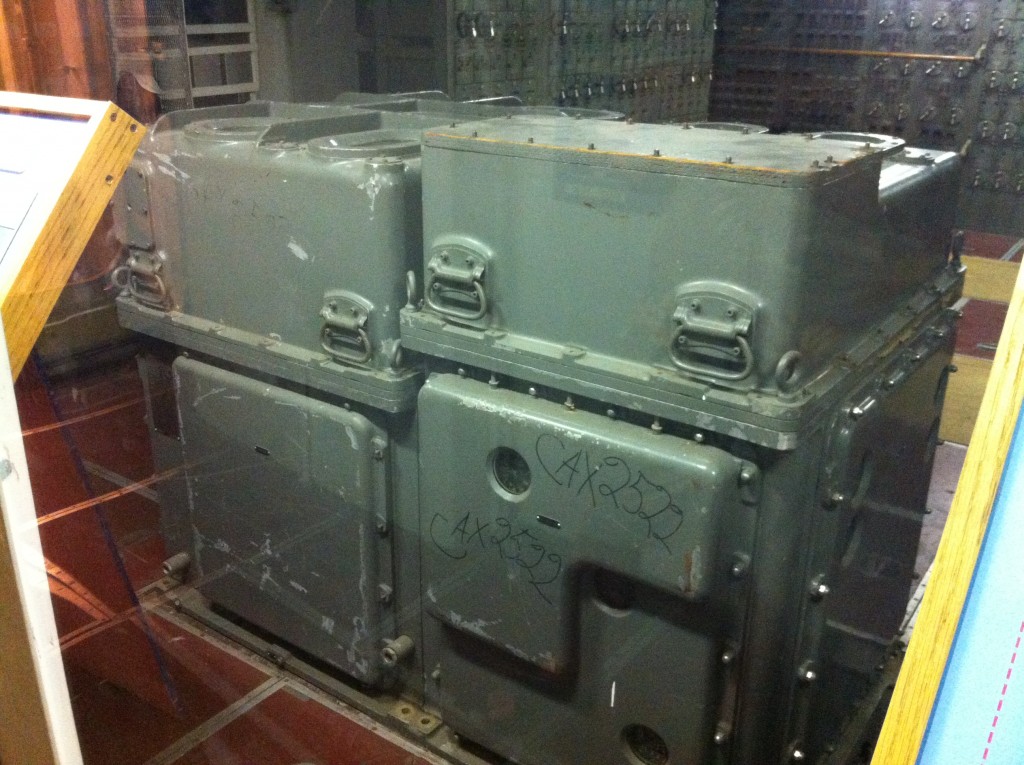
Mark 1 computer, battleship USS Massachusetts, Battleship Cove, Fall River, MA, July 2014
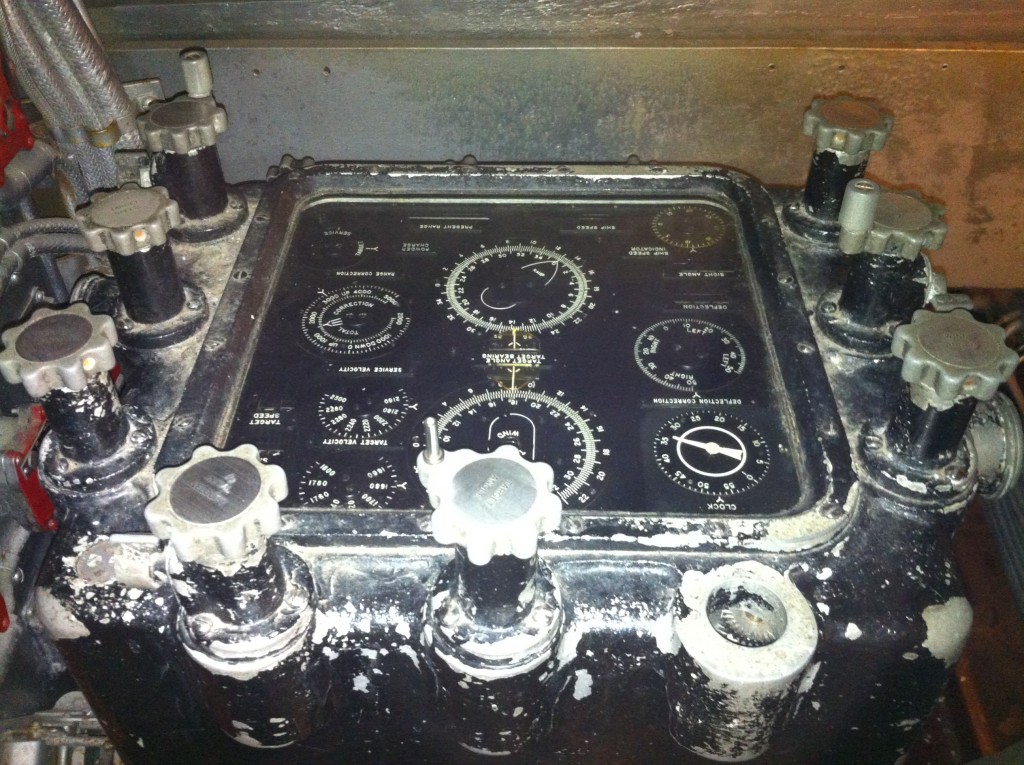
Top of Mark 1 computer, battleship USS Massachusetts, Battleship Cove, Fall River, MA, July 2014
Sources:
Naval Ordnance and Gunnery (Navpers 16116). Bureau of Naval Personnel, Training Division, May 1944.
McComb, Dave. US Destroyers 1934-45: Pre-War Classes. Oxford: Osprey Publishing, 2010.
McComb, Dave. US Destroyers 1942-45: Wartime Classes. Oxford: Osprey Publishing, 2010.
Wiper, Steve. Warship Pictorial: USS Buchanan DD-484. Tucson, AZ: Classic Warships Publishing, 2009.
Harmon, J. Scott. U.S.S. Cassin Young (DD-793): A Fletcher Class Destroyer. Missoula, MT: Pictorial Histories Publishing Company, 1984.
Friedman, Norman. U.S. Destroyers: An Illustrated Design History. Annapolis, MD: Naval Institute Press, 1982.
Boston National Historical Park: USS Cassin Young. http://www.nps.gov/bost/learn/historyculture/usscassinyoung.htm
Destroyer History Foundation website. http://www.destroyerhistory.org
Tin Can Sailors Website. http://www.destroyers.org/index.html

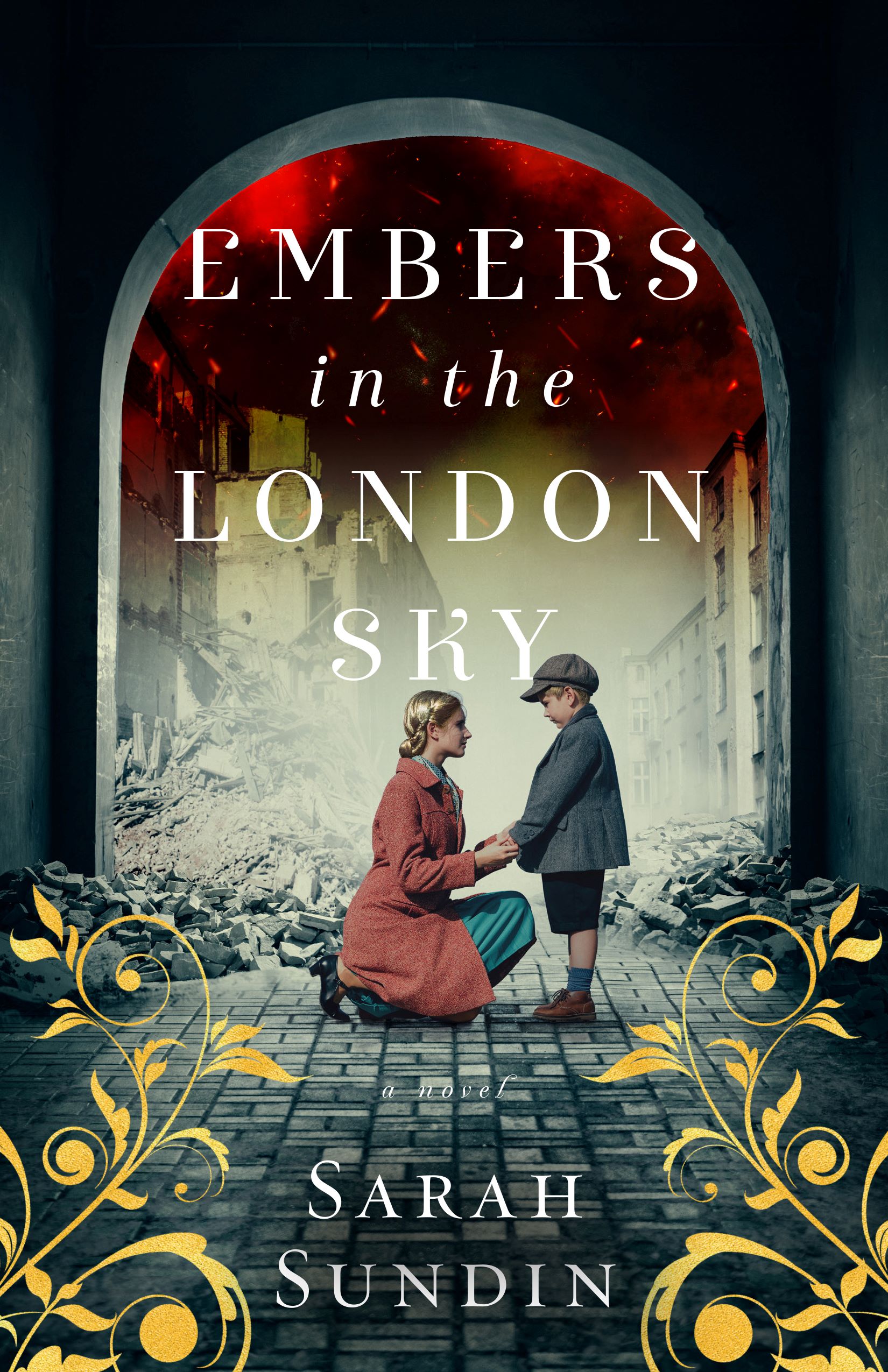
[…] Part 3—Gunnery […]
[…] Part 3—Gunnery […]
Really like your books and look for them when in bookstores.